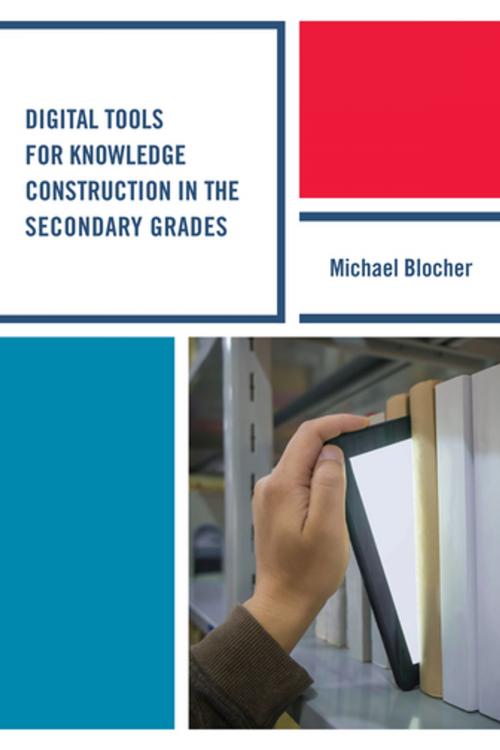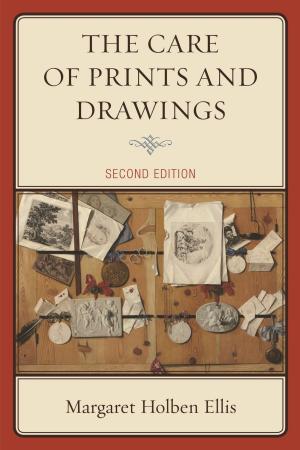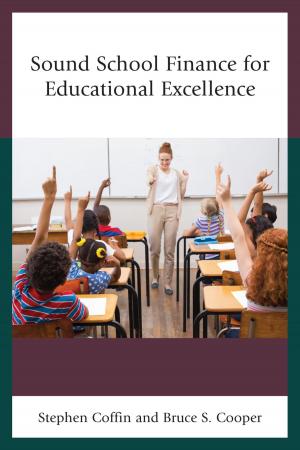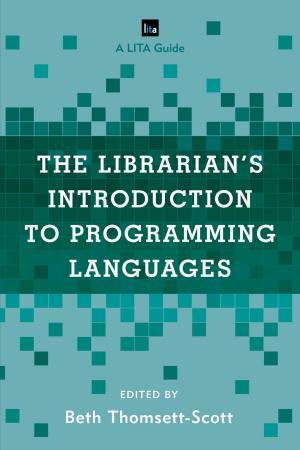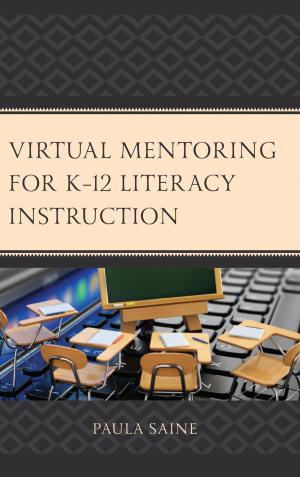Digital Tools for Knowledge Construction in the Secondary Grades
Nonfiction, Reference & Language, Education & Teaching, Teaching, Computers & Technology| Author: | Michael Blocher | ISBN: | 9781475828481 |
| Publisher: | Rowman & Littlefield Publishers | Publication: | August 22, 2016 |
| Imprint: | Rowman & Littlefield Publishers | Language: | English |
| Author: | Michael Blocher |
| ISBN: | 9781475828481 |
| Publisher: | Rowman & Littlefield Publishers |
| Publication: | August 22, 2016 |
| Imprint: | Rowman & Littlefield Publishers |
| Language: | English |
Digital Tools for Knowledge Construction in the Secondary Grades was written for teachers who wish to gain a better understanding of how to integrate technology into their classrooms from a student-centered perspective. When done so, students must take more control of, and therefore more responsibility for, their learning.
This book is divided into two sections. Part I provides a foundation and rational for student-centered learning, instructional strategies for technology integration, and using this approach to help teachers assess their students in meeting academic standards. Part II includes foundational technology information and appropriate use of digital tools for communication, collaboration, research, publishing, and even games for learning.
This text provides methods and examples of technology integration that supports students’ achievement of national academic standards by using today’s digital tools for communication, collaboration, research and publishing. When students learn how to become knowledgeable global digital citizens they gain the requisite skills for tomorrow’s creative thinkers, problem solvers, and decision makers.
Digital Tools for Knowledge Construction in the Secondary Grades was written for teachers who wish to gain a better understanding of how to integrate technology into their classrooms from a student-centered perspective. When done so, students must take more control of, and therefore more responsibility for, their learning.
This book is divided into two sections. Part I provides a foundation and rational for student-centered learning, instructional strategies for technology integration, and using this approach to help teachers assess their students in meeting academic standards. Part II includes foundational technology information and appropriate use of digital tools for communication, collaboration, research, publishing, and even games for learning.
This text provides methods and examples of technology integration that supports students’ achievement of national academic standards by using today’s digital tools for communication, collaboration, research and publishing. When students learn how to become knowledgeable global digital citizens they gain the requisite skills for tomorrow’s creative thinkers, problem solvers, and decision makers.
